Home>Gardening & Outdoor>Outdoor Recreation & Activities>How To Lower Alkalinity In A Swimming Pool
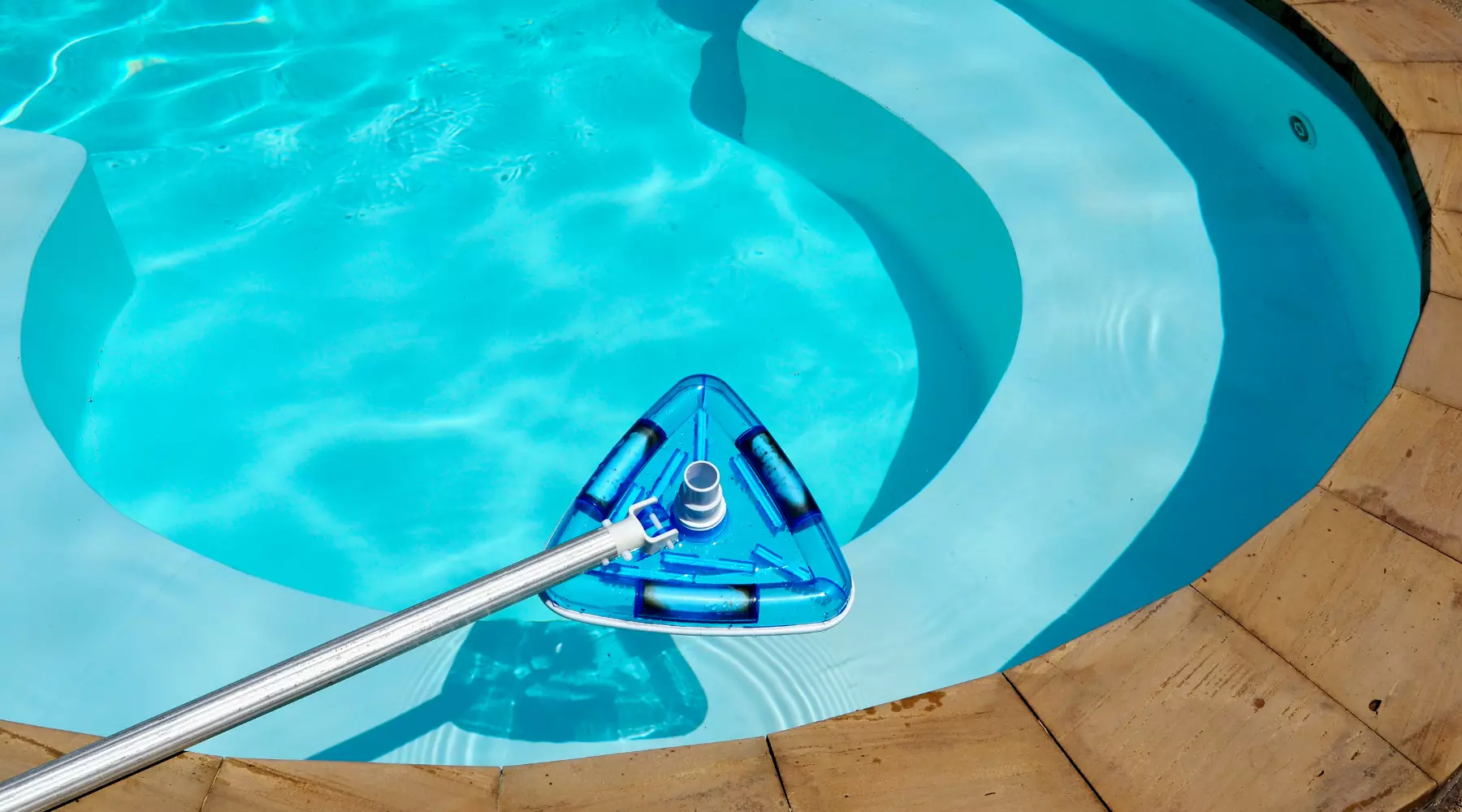

Outdoor Recreation & Activities
How To Lower Alkalinity In A Swimming Pool
Modified: March 2, 2024
Learn effective methods to lower alkalinity in your swimming pool and maintain optimal conditions for outdoor recreation and activities. Discover expert tips and techniques to achieve balanced water chemistry.
(Many of the links in this article redirect to a specific reviewed product. Your purchase of these products through affiliate links helps to generate commission for Storables.com, at no extra cost. Learn more)
Understanding Alkalinity in Swimming Pools
Alkalinity plays a crucial role in maintaining the overall balance of a swimming pool's water chemistry. It refers to the water's ability to resist changes in pH, thereby preventing rapid fluctuations that can lead to corrosion, scale formation, and inefficient chlorine disinfection. Essentially, alkalinity acts as a buffer, stabilizing the pH levels and ensuring a comfortable and safe swimming environment for all.
In practical terms, alkalinity is a measure of the water's capacity to neutralize acids without significantly affecting the pH. The ideal range for alkalinity in a swimming pool typically falls between 80 and 120 parts per million (ppm). This range provides the necessary stability to support the pool's pH levels and overall water quality.
When the alkalinity levels are too high, the water becomes resistant to pH changes, leading to potential cloudiness, scale buildup, and reduced effectiveness of chlorine. Conversely, low alkalinity can result in erratic pH levels, causing corrosion of pool surfaces and equipment, as well as skin and eye irritation for swimmers.
Understanding the significance of alkalinity empowers pool owners to maintain a healthy and inviting swimming environment. By regularly monitoring and adjusting alkalinity levels, they can ensure that the pool water remains balanced and comfortable for all users.
In the next sections, we will delve into the methods for testing alkalinity levels and the effective techniques for adjusting them to maintain optimal pool water conditions.
Key Takeaways:
- Keep your pool water balanced by regularly testing and adjusting alkalinity levels. This ensures a safe and comfortable swimming environment for everyone to enjoy.
- After lowering alkalinity, monitor and balance pH levels to maintain a harmonious swimming environment. Regular testing and gradual adjustments are key to a refreshing pool experience.
Testing Alkalinity Levels
Testing the alkalinity levels of a swimming pool is a fundamental aspect of pool maintenance. It provides essential insights into the water's chemical balance, enabling pool owners to make informed decisions about necessary adjustments. The process involves using a testing kit specifically designed to measure the alkalinity levels in the pool water.
To begin, it's important to gather the required testing kit, which typically includes testing reagents, a testing block, and a color comparator. These kits are readily available at pool supply stores and are relatively easy to use, making them accessible for pool owners of all experience levels.
The testing procedure starts by filling a small vial with a water sample from the pool. Following the kit's instructions, a few drops of the provided testing reagent are added to the water sample. The reagent causes a color change in the water, indicating the alkalinity level. The testing block is then used to compare the water's color to a series of standard color gradations, allowing for a precise determination of the alkalinity level.
The test results are typically expressed in parts per million (ppm), which indicates the concentration of alkaline substances in the water. Ideally, the alkalinity level should fall within the recommended range of 80 to 120 ppm. If the test reveals that the alkalinity level is outside this range, appropriate measures can be taken to adjust it and restore the water to optimal conditions.
Regular testing of alkalinity levels is essential for maintaining a healthy and balanced swimming pool environment. By staying proactive and responsive to the test results, pool owners can effectively manage the water chemistry, ensuring a safe and enjoyable experience for swimmers.
In the subsequent sections, we will explore the methods for lowering alkalinity levels in a swimming pool, providing valuable insights into the practical steps for maintaining optimal water quality.
Using Muriatic Acid to Lower Alkalinity
When faced with high alkalinity levels in a swimming pool, one effective method for lowering alkalinity is the use of muriatic acid. This powerful acid, also known as hydrochloric acid, is readily available at pool supply stores and is widely recognized for its ability to adjust alkalinity levels with precision.
Before proceeding with the addition of muriatic acid, it is crucial to ensure that all safety precautions are in place. This includes wearing protective gear such as gloves and goggles, as well as carefully following the handling and dilution instructions provided with the product. Additionally, it's important to conduct this process on a calm day to prevent wind from dispersing the acid fumes.
To begin the treatment, the pool pump should be running to ensure proper distribution of the acid throughout the water. Using a plastic bucket, the required amount of muriatic acid is carefully measured according to the pool's size and the current alkalinity level. It's essential to add the acid to the water slowly and steadily, pouring it in a wide, sweeping motion across the pool's surface to facilitate even dispersion.
Following the addition of muriatic acid, the pool water should be allowed to circulate for at least 24 hours. During this time, it's advisable to retest the alkalinity levels to gauge the effectiveness of the treatment. If necessary, further adjustments can be made based on the test results.
It's important to note that muriatic acid not only lowers alkalinity but also impacts the pH levels of the pool water. Therefore, regular monitoring of the pH levels is essential to ensure they remain within the recommended range of 7.2 to 7.8. If the pH levels deviate from this range, additional adjustments may be required to maintain the overall water balance.
By utilizing muriatic acid to lower alkalinity, pool owners can effectively manage the water chemistry, promoting a comfortable and safe swimming environment. This method offers a precise and reliable solution for addressing high alkalinity levels, contributing to the overall maintenance of a well-balanced and inviting swimming pool.
To lower alkalinity in a swimming pool, you can use muriatic acid or sodium bisulfate. Follow the manufacturer’s instructions and test the water frequently to ensure the alkalinity levels are within the recommended range.
Using Dry Acid to Lower Alkalinity
In situations where the alkalinity levels in a swimming pool are elevated, the utilization of dry acid presents an effective method for achieving the necessary adjustments. Also known as sodium bisulfate, dry acid is a granular substance that is readily available at pool supply stores, offering a convenient solution for lowering alkalinity with precision and control.
The process of using dry acid to lower alkalinity begins with a thorough assessment of the current alkalinity levels in the pool water. This is typically achieved through the utilization of a reliable testing kit, which provides accurate measurements of the alkalinity concentration. Once the alkalinity levels are determined to be above the recommended range of 80 to 120 parts per million (ppm), the appropriate amount of dry acid can be calculated based on the pool's size and the degree of adjustment required.
Before adding dry acid to the pool water, it is essential to adhere to safety protocols, including wearing protective gear such as gloves and goggles. Additionally, the dry acid should be added to the water slowly and steadily, allowing for thorough mixing to ensure even distribution. This can be achieved by broadcasting the dry acid across the pool's surface, facilitating its gradual dissolution and integration into the water.
Following the addition of dry acid, the pool water should be allowed to circulate for a minimum of 24 hours to ensure proper dispersion and chemical interaction. During this period, it is advisable to retest the alkalinity levels to gauge the effectiveness of the treatment. If further adjustments are necessary, additional increments of dry acid can be added based on the test results, allowing for precise control over the alkalinity levels.
It is important to note that the use of dry acid to lower alkalinity may also impact the pH levels of the pool water. Therefore, regular monitoring of the pH is essential to ensure it remains within the recommended range of 7.2 to 7.8. If deviations from this range are observed, appropriate measures can be taken to restore the pH balance, contributing to the overall stability and comfort of the swimming pool environment.
By employing dry acid as a method for lowering alkalinity, pool owners can effectively manage the water chemistry, promoting a balanced and inviting swimming environment. This approach offers a controlled and reliable solution for addressing high alkalinity levels, contributing to the overall maintenance of a healthy and enjoyable pool experience.
Balancing pH Levels After Lowering Alkalinity
After successfully lowering the alkalinity levels in a swimming pool, it is essential to address any potential impact on the pH levels to maintain a well-balanced and comfortable swimming environment. The process of balancing pH levels following the adjustment of alkalinity involves careful monitoring and, if necessary, targeted interventions to ensure that the pool water remains within the optimal pH range of 7.2 to 7.8.
Lowering alkalinity, whether through the use of muriatic acid or dry acid, can influence the pH levels of the pool water. Therefore, it is crucial to conduct regular testing to assess the pH status and make any required adjustments. This can be achieved using a reliable pH testing kit, which provides accurate measurements of the water's acidity or basicity.
If the pH levels are found to be outside the recommended range, corrective measures can be implemented to restore the balance. In the event of a decrease in pH, indicating increased acidity, the addition of a pH increaser, such as soda ash, can be utilized to raise the pH levels back to the desired range. Conversely, if the pH levels are elevated, indicating higher basicity, the introduction of a pH reducer, such as muriatic acid, can be employed to lower the pH and restore the balance.
It is important to approach the adjustment of pH levels with precision, adding the necessary chemicals gradually and allowing sufficient time for the water to circulate and the chemicals to disperse evenly. This facilitates a controlled and gradual transition, minimizing the risk of overcorrection and ensuring that the pH levels stabilize within the recommended range.
Regular monitoring of the pH levels following the adjustment of alkalinity is crucial to maintaining a harmonious swimming environment. By staying attentive to the pH status and promptly addressing any deviations, pool owners can uphold the overall water balance, promoting a comfortable and safe experience for swimmers.
In essence, balancing pH levels after lowering alkalinity is a vital aspect of pool maintenance, contributing to the creation of an inviting and enjoyable swimming environment. By integrating this step into the overall pool care routine, pool owners can effectively manage the water chemistry, ensuring that the pool remains a refreshing and welcoming oasis for all to enjoy.
Frequently Asked Questions about How To Lower Alkalinity In A Swimming Pool
Was this page helpful?
At Storables.com, we guarantee accurate and reliable information. Our content, validated by Expert Board Contributors, is crafted following stringent Editorial Policies. We're committed to providing you with well-researched, expert-backed insights for all your informational needs.
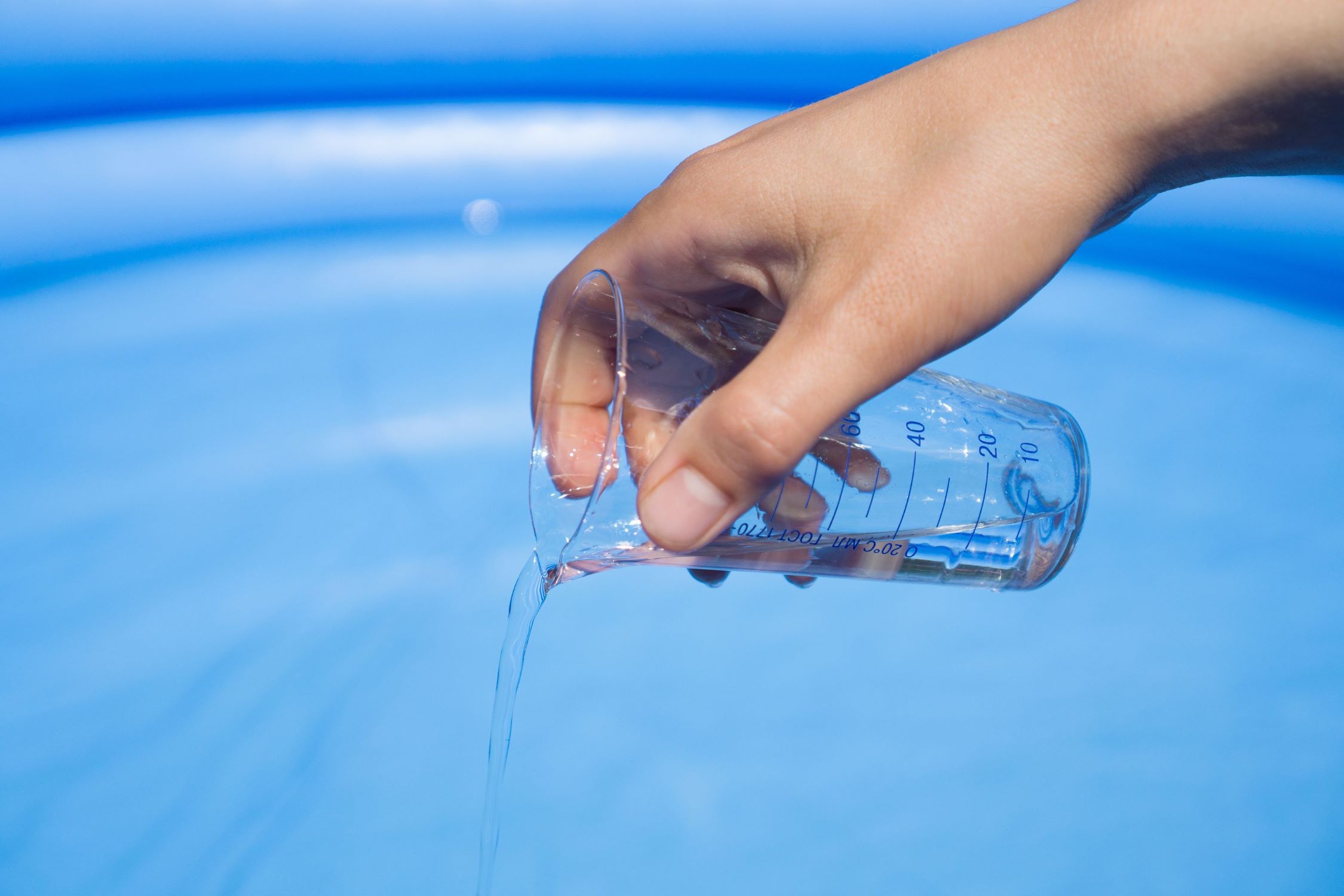
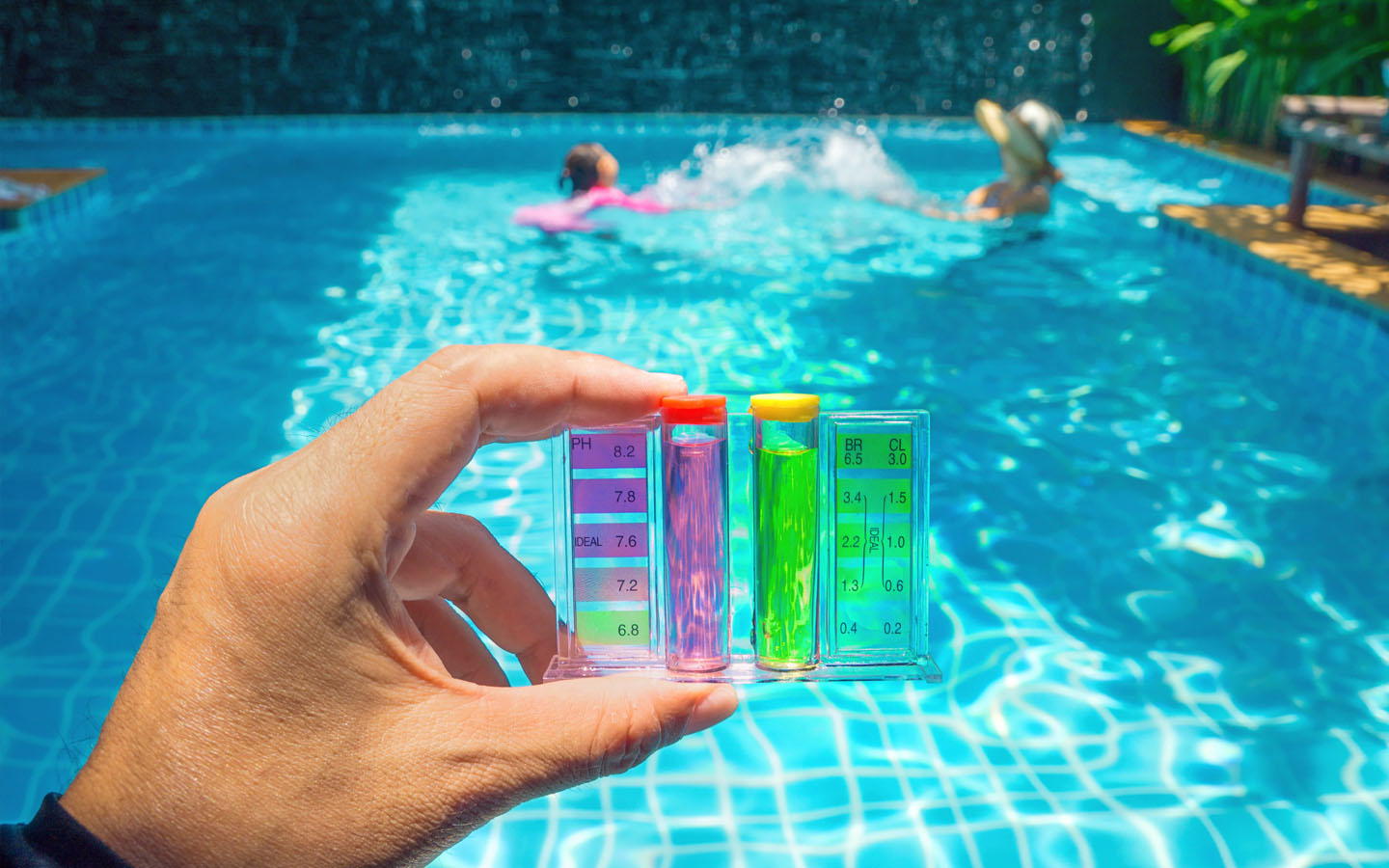
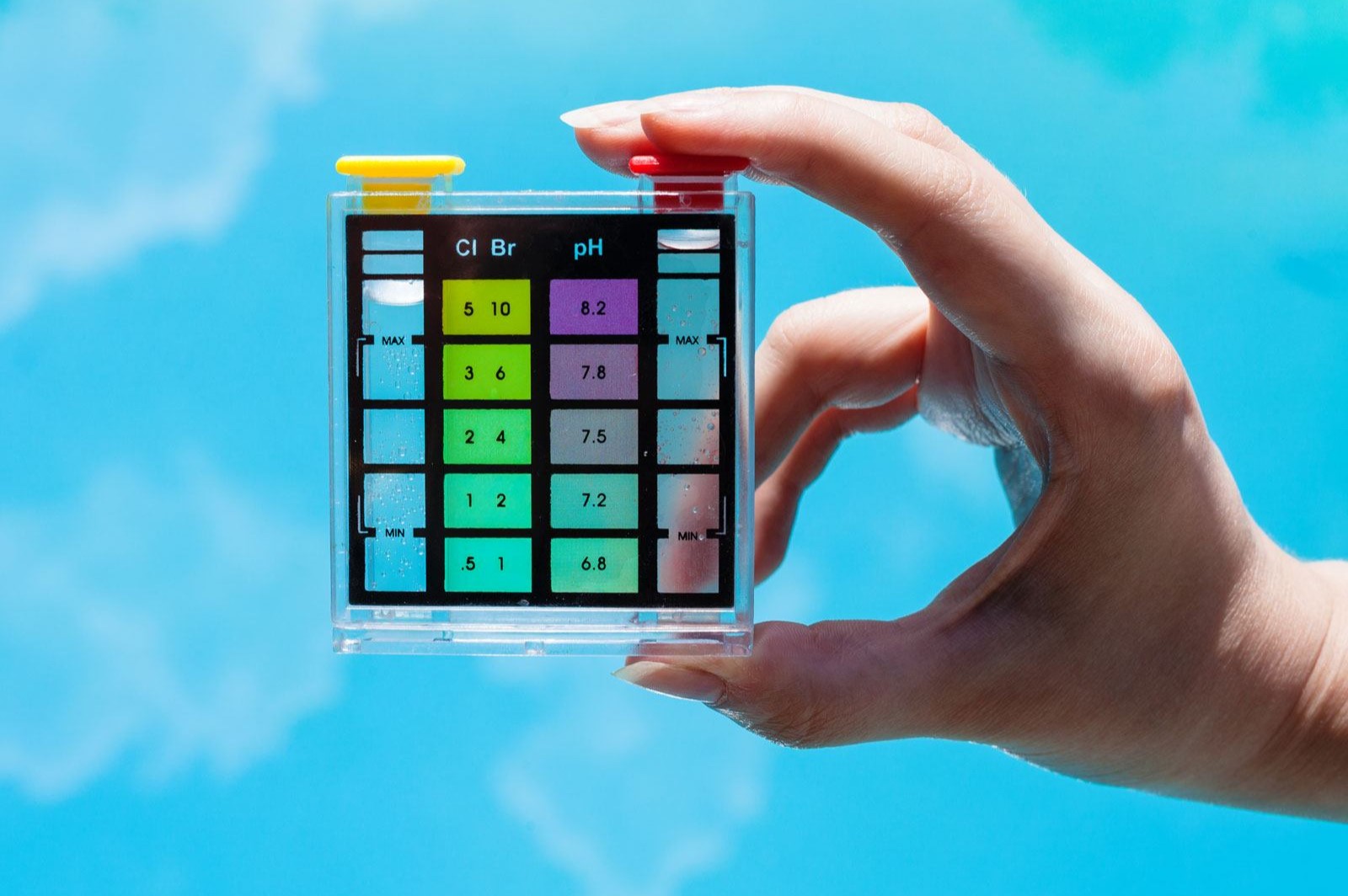
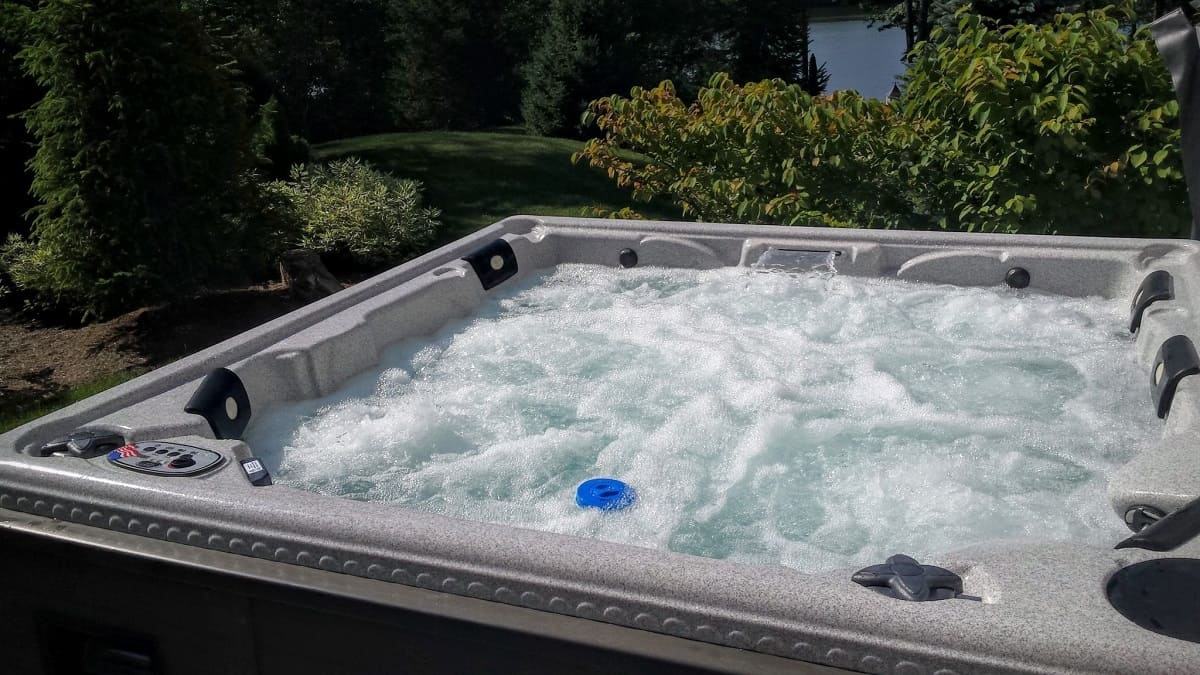
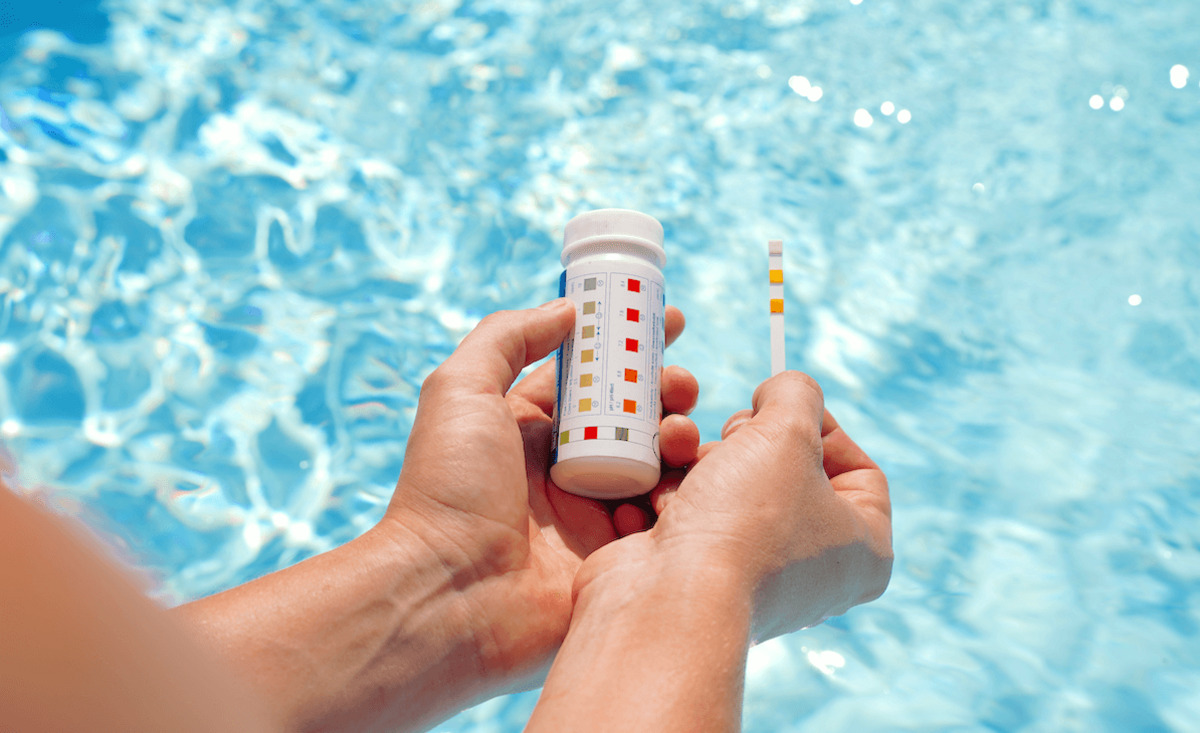
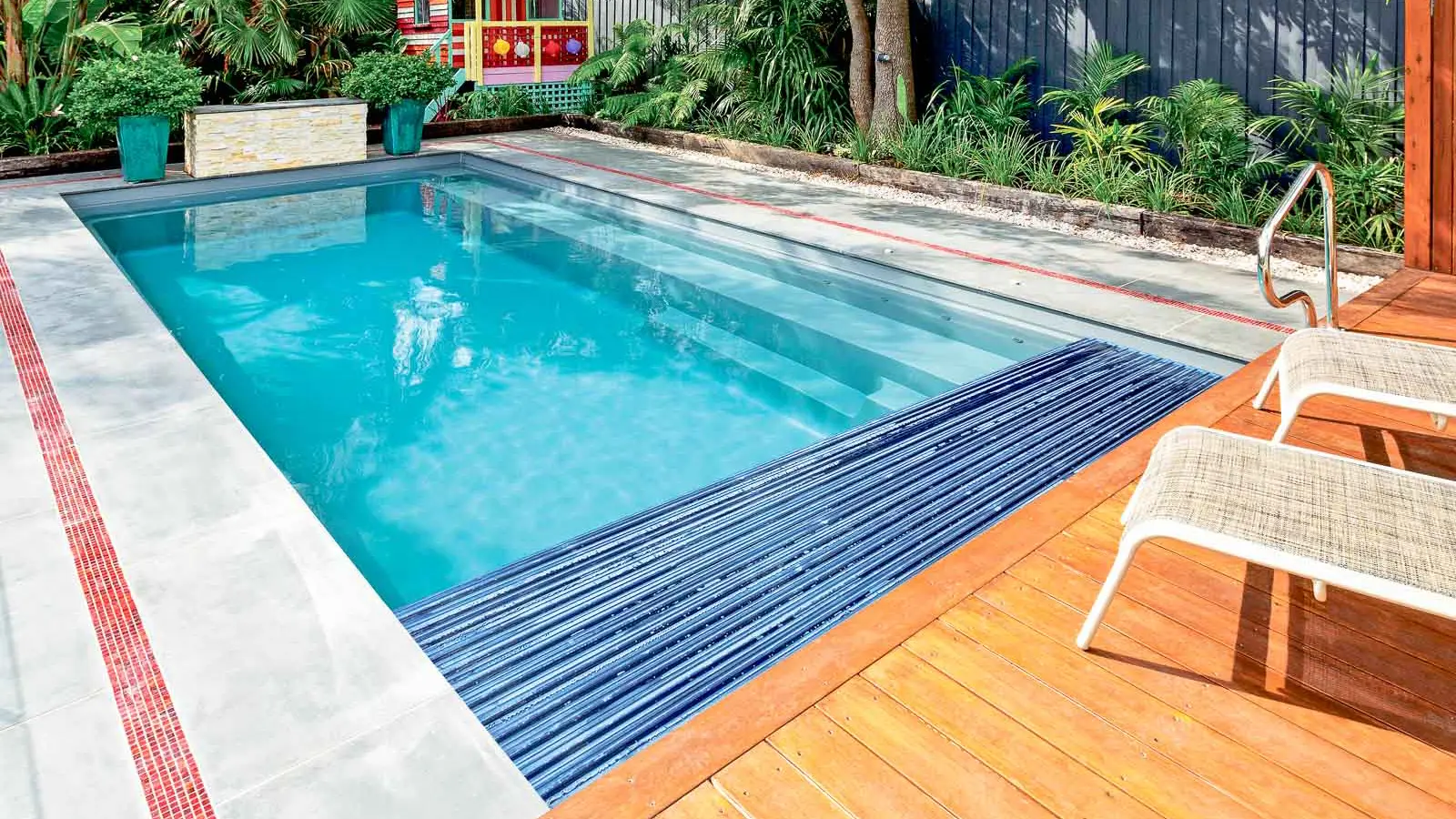
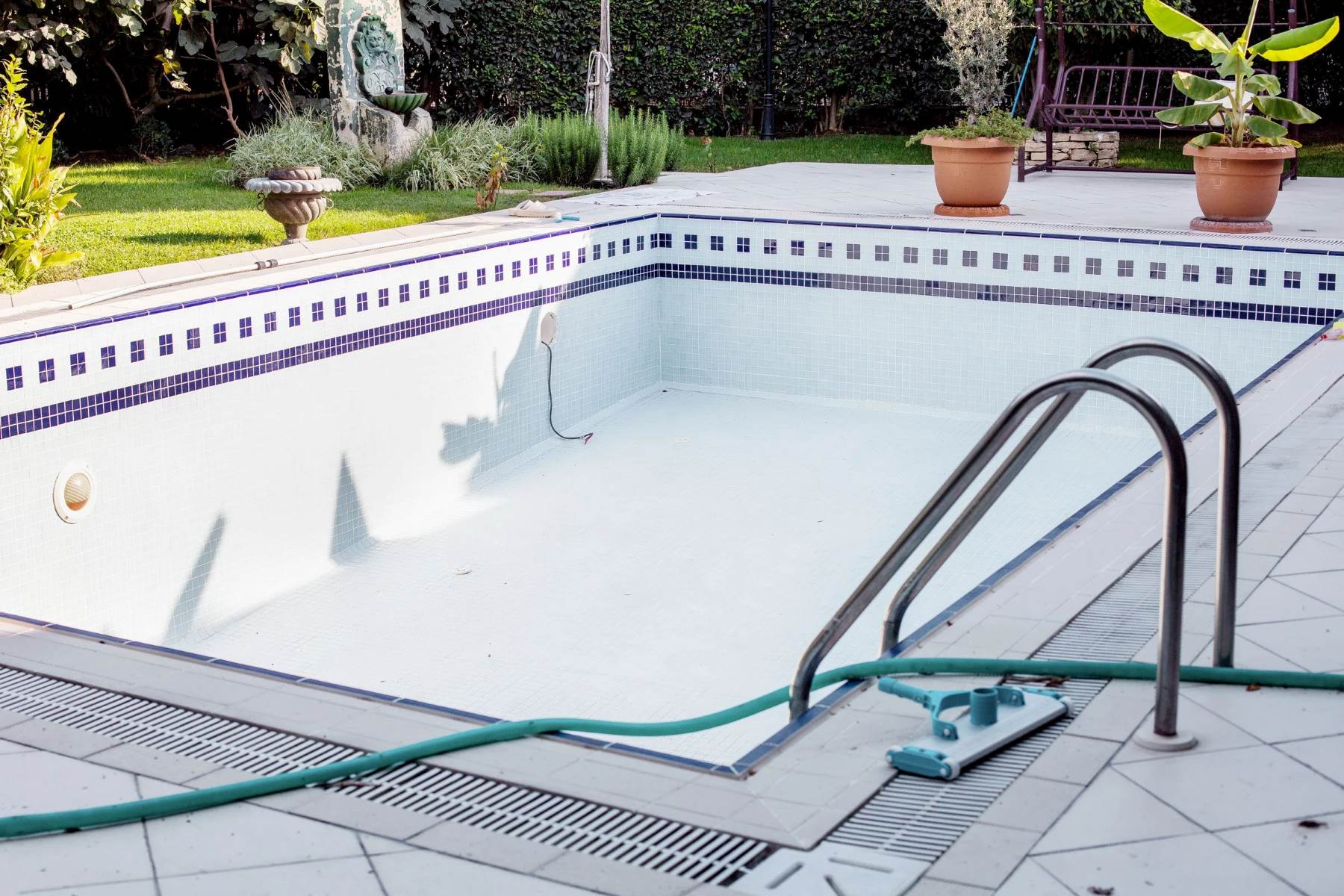
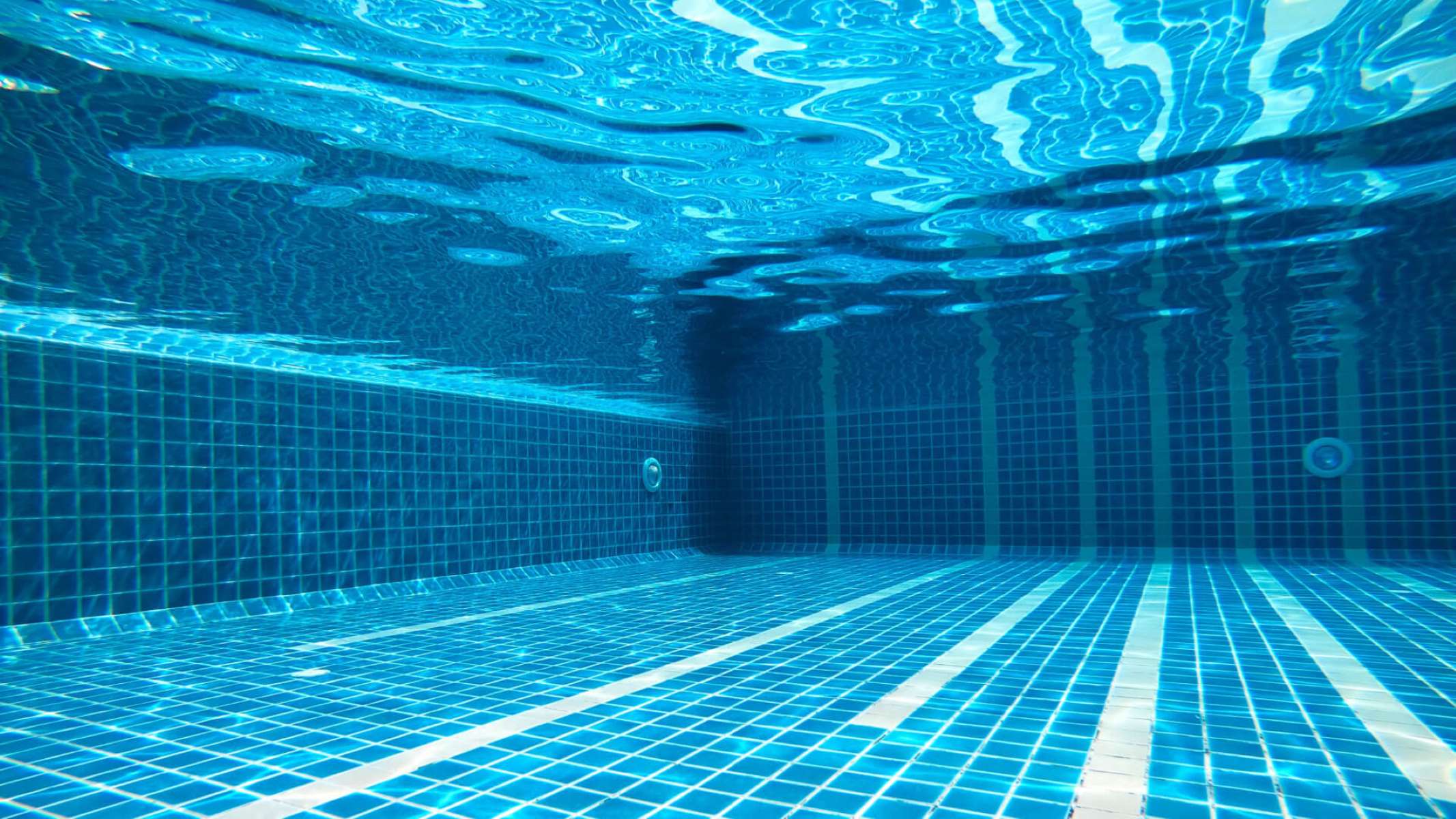

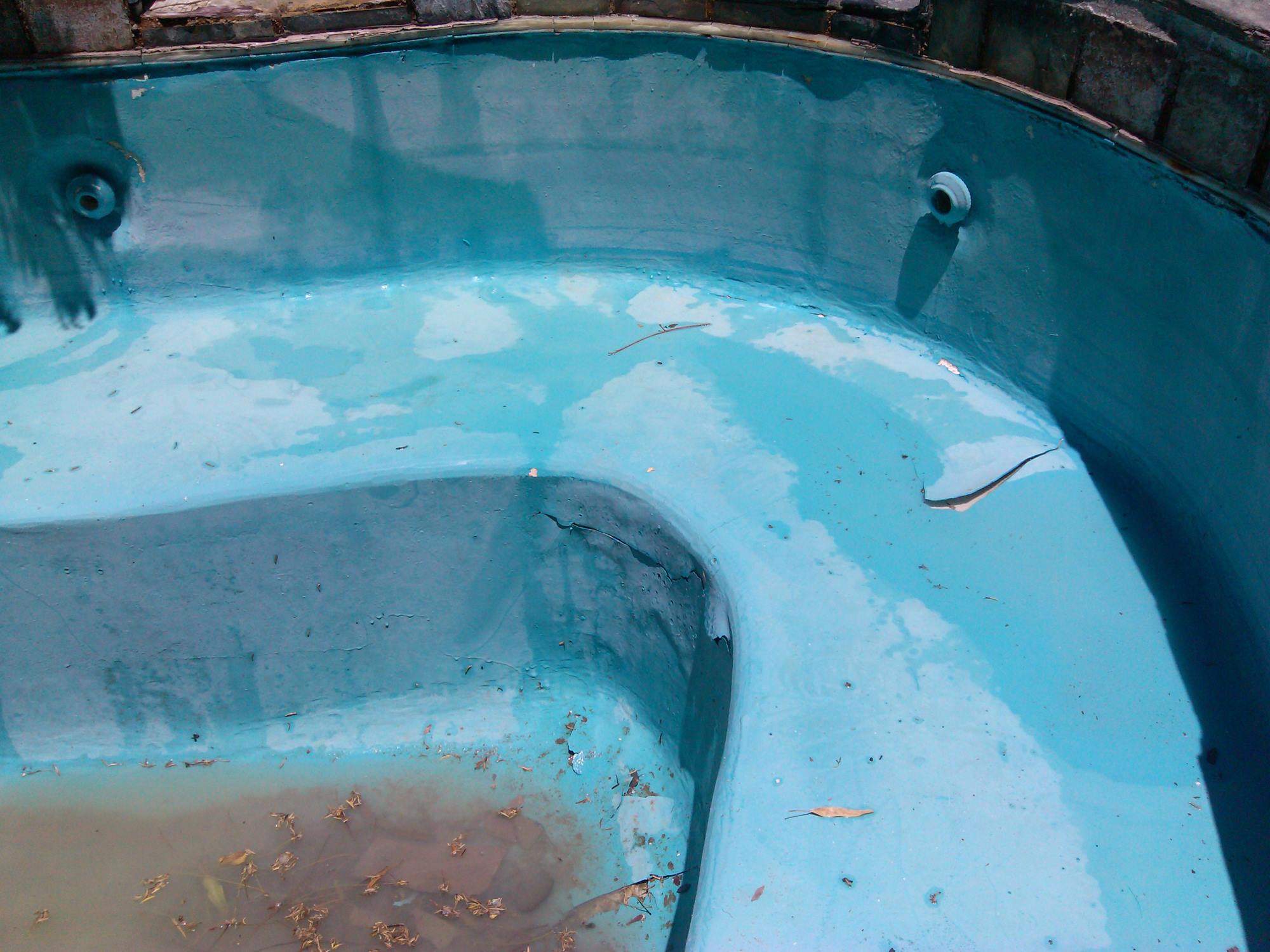
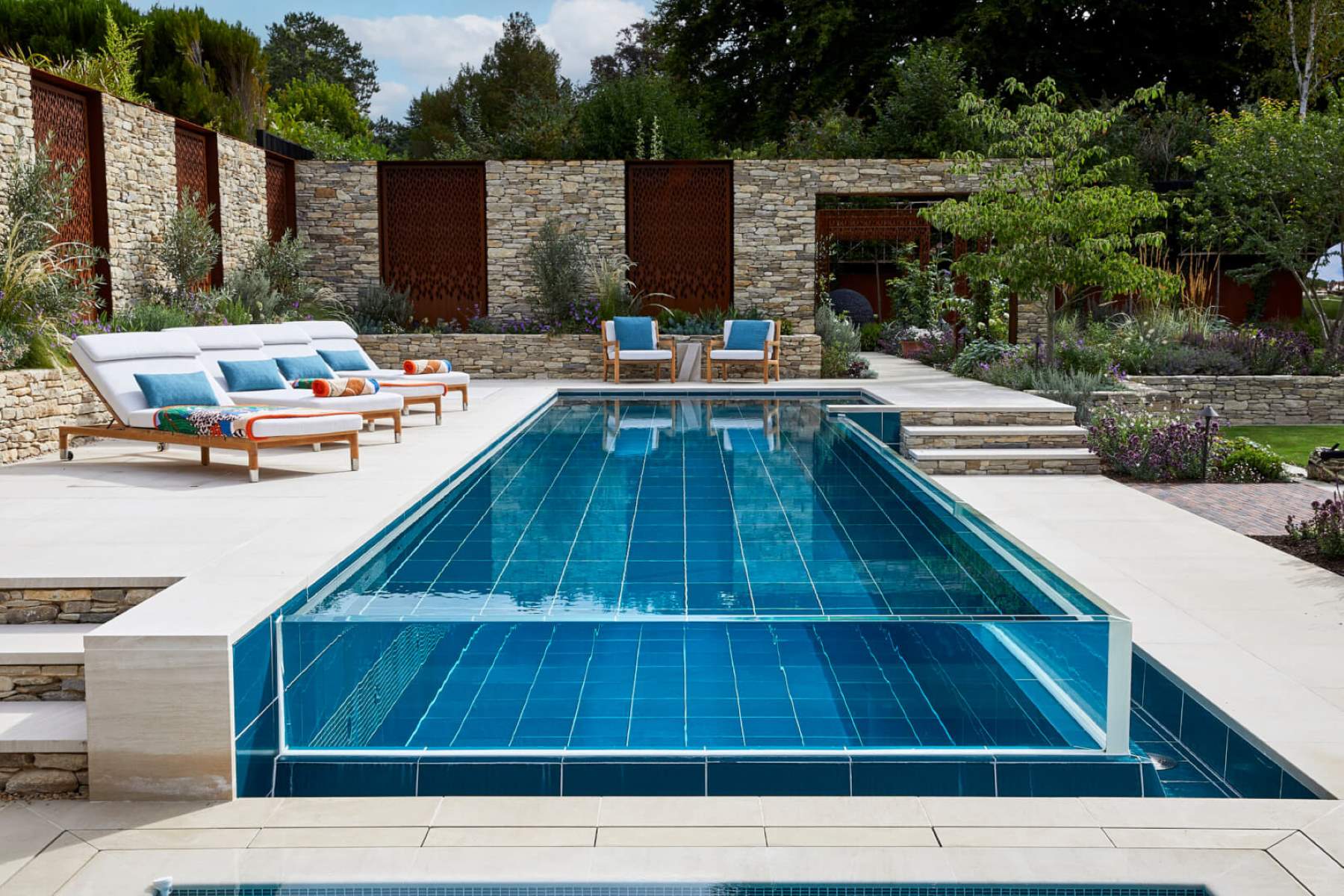
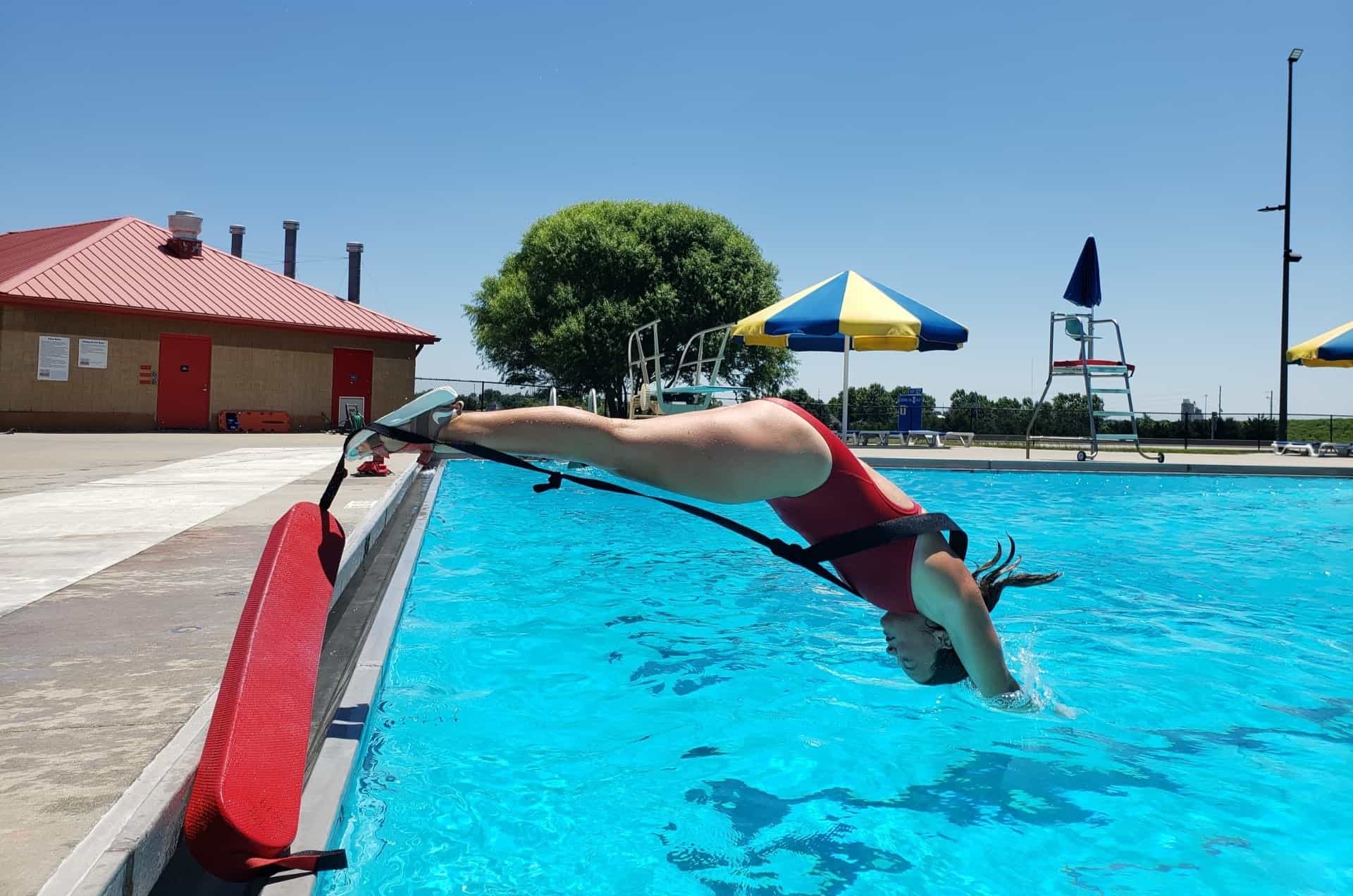
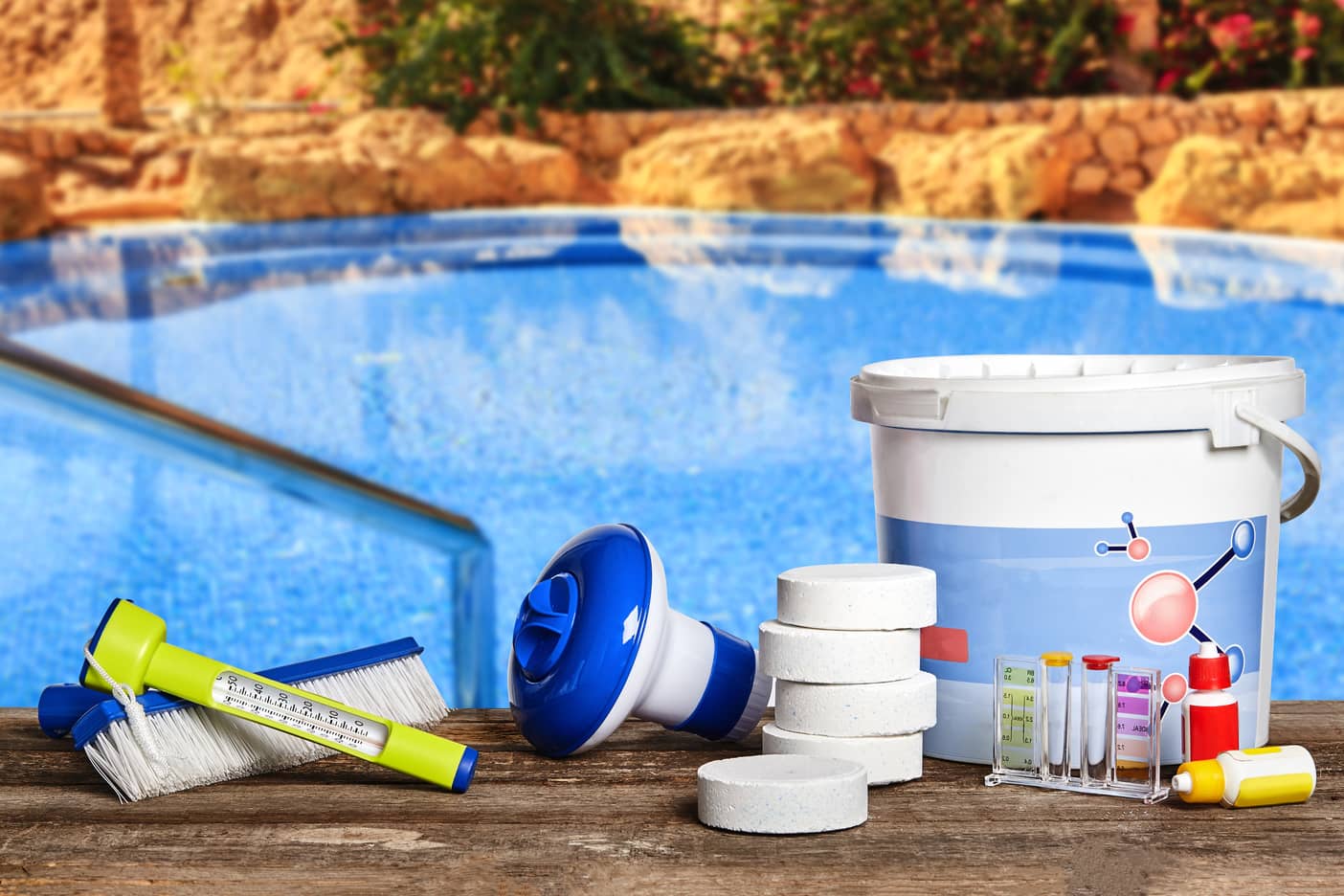
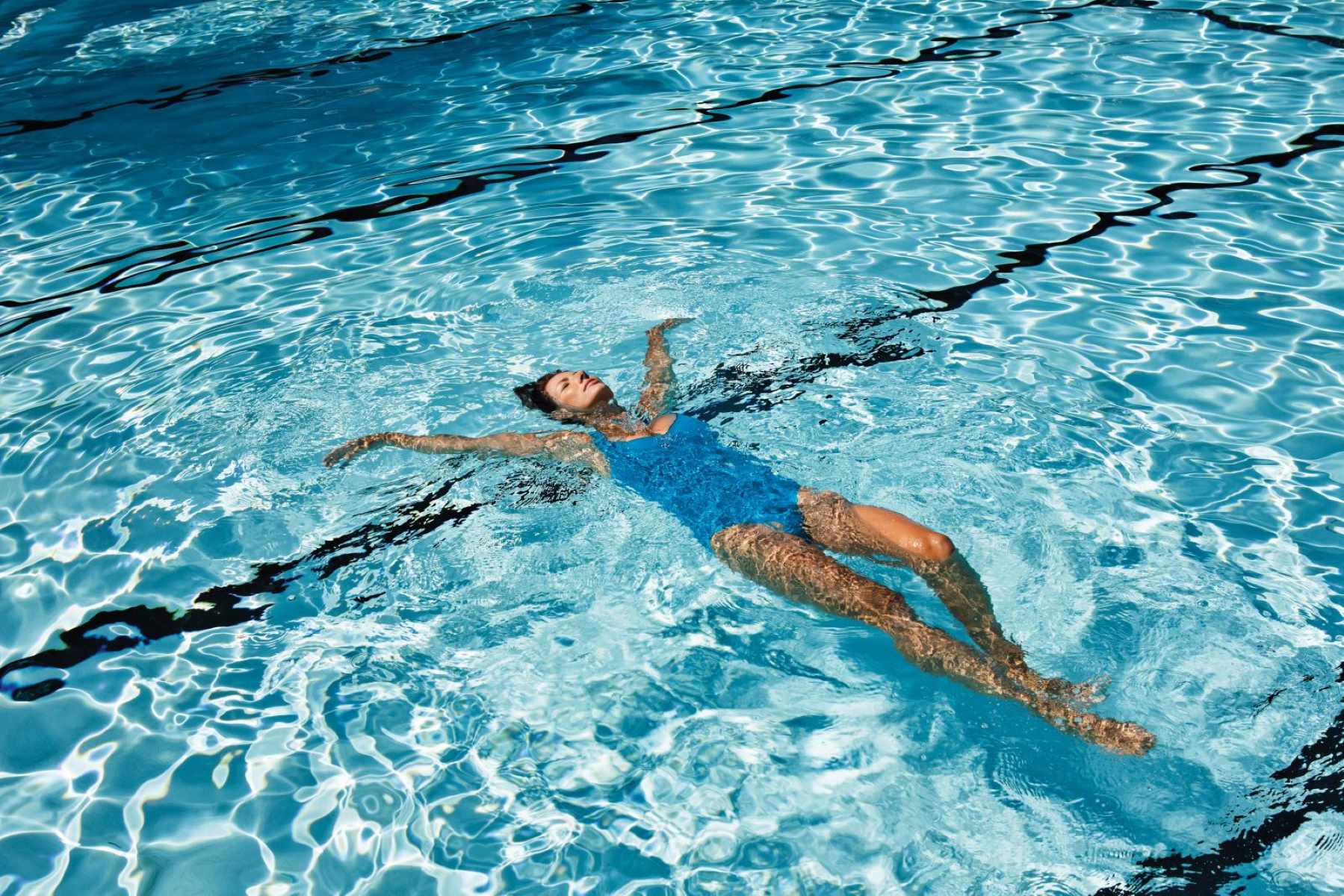
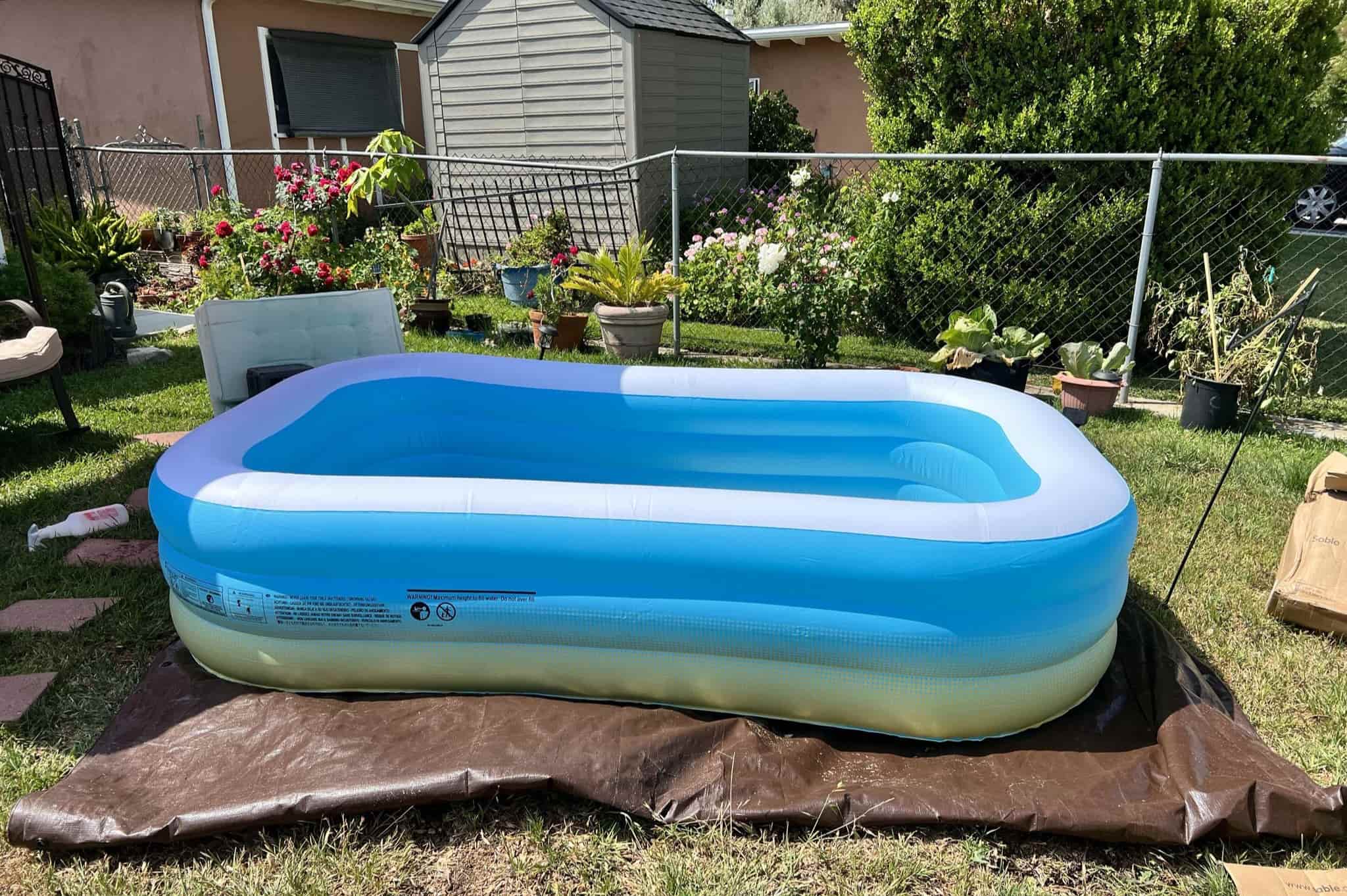

0 thoughts on “How To Lower Alkalinity In A Swimming Pool”